There are many myths surrounding tricolour cats, often referred to as “calico” in North America and “tortie-and-white” in the UK. What kind of felines are they? And do they live up to their reputation for being furry good-luck charms?
What exactly are tricolour cats? What do they look like? Are they a particular breed of cat? They seem to have a longstanding reputation all across the globe for bringing us humans good luck, so do they have some kind of built-in lucky charm or is it all just superstition? We take a closer look at these tricolour felines to see if they really do bring good fortune!
What are tricolour cats?
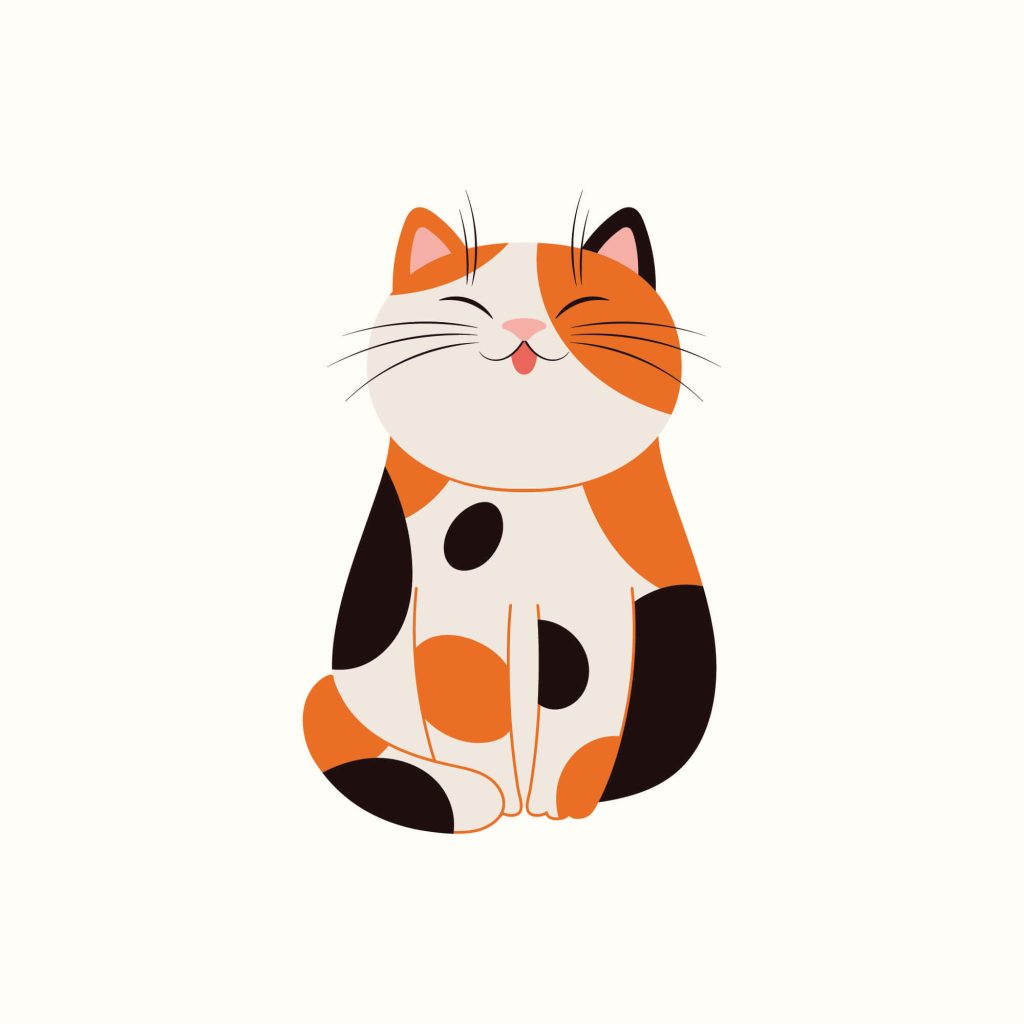
By definition, tricolour cats are cats that have at least three different colours of fur. They usually have a white coat mixed with splashes of black and red or blue and cream. There are many two-coloured cats out there, but cats with coats containing three colours are fairly rare! Each tricolour cat has its own individual coat pattern that makes its entirely unique! The fact that this tricolour mix is so rare is the very thing that has prompted people in many cultures throughout history to see calico and tortie-and-white cats as lucky charms.
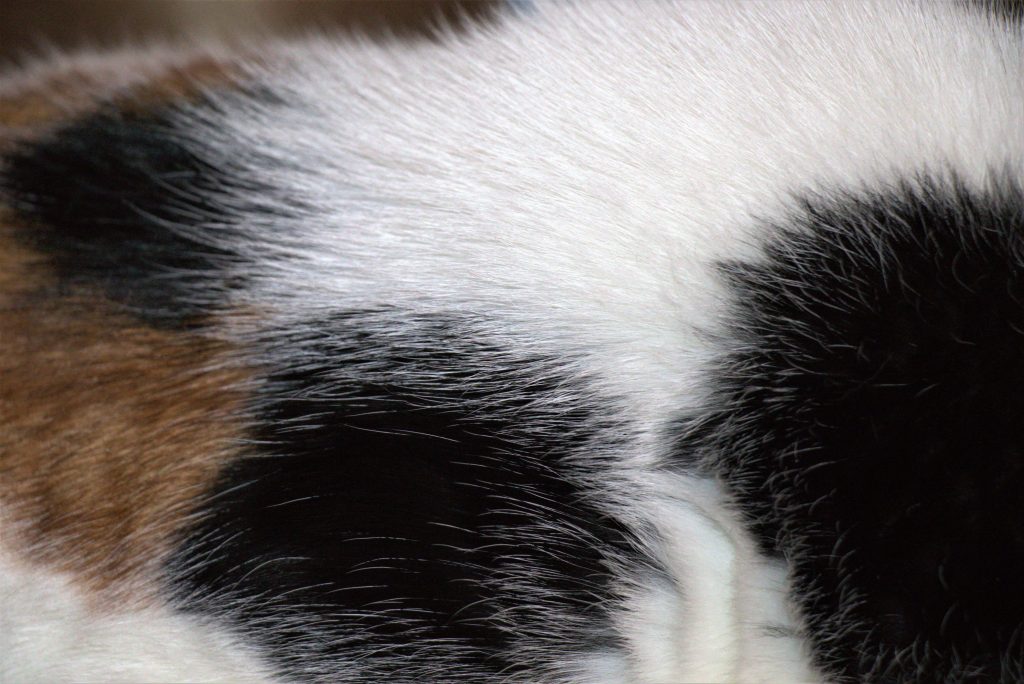
What do tricolour cats look like?
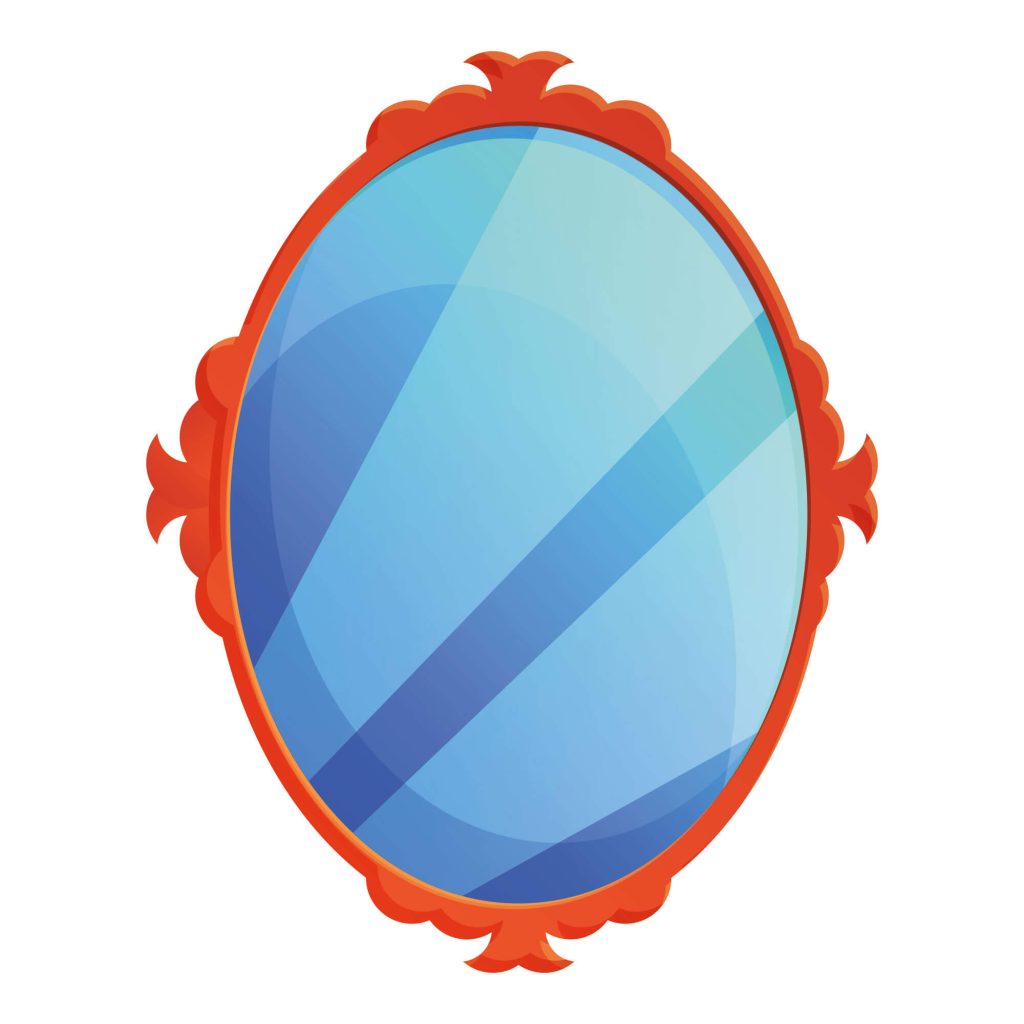
Do all tricolour cats look the same? Do they have the same coat pattern? Calicos, for example, are cats with a coat that consists of 25% to 75% white fur with patches of black and red. When these splashes of colour are combined with a tabby pattern, they’re referred to as “caliby cats” (a portmanteau of “calico” and “tabby”). And when the coloured spots are cream and blue – rather than red and black – and much more subdued, then you’re likely looking at a “dilute calico” or “calimanco”. In this case, the colours appear to be faded: black becomes silver, orange becomes gold. These little tigers look as if they just walked through a cloud of baby powder!
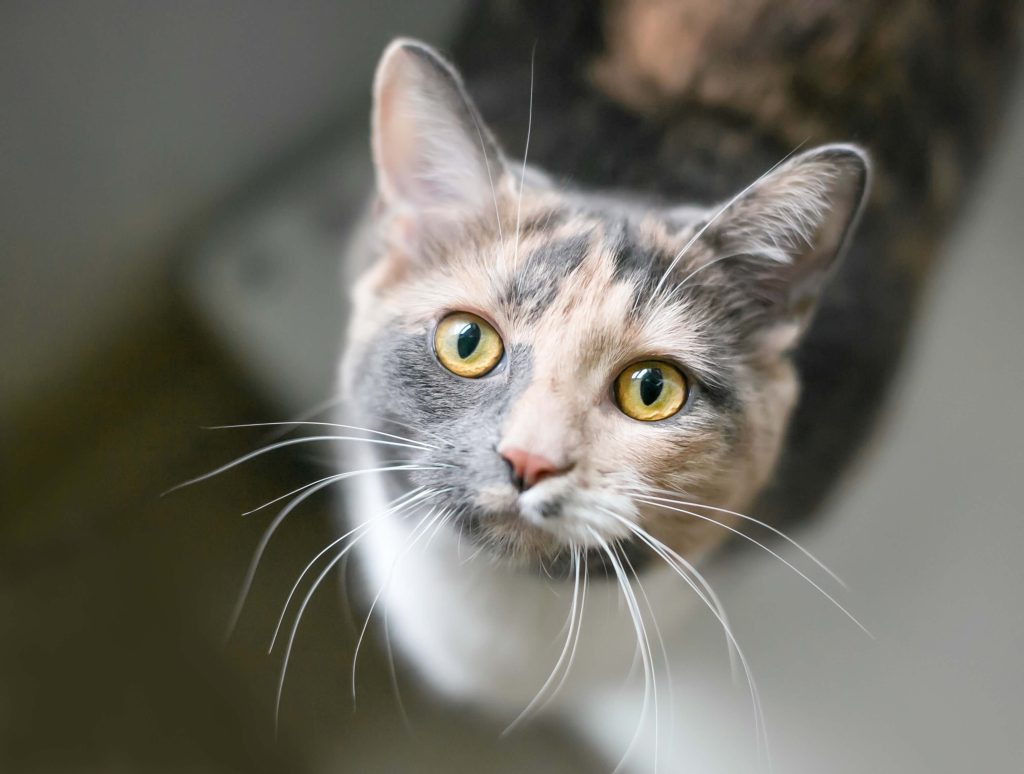
Are tricolour cats their own breed?
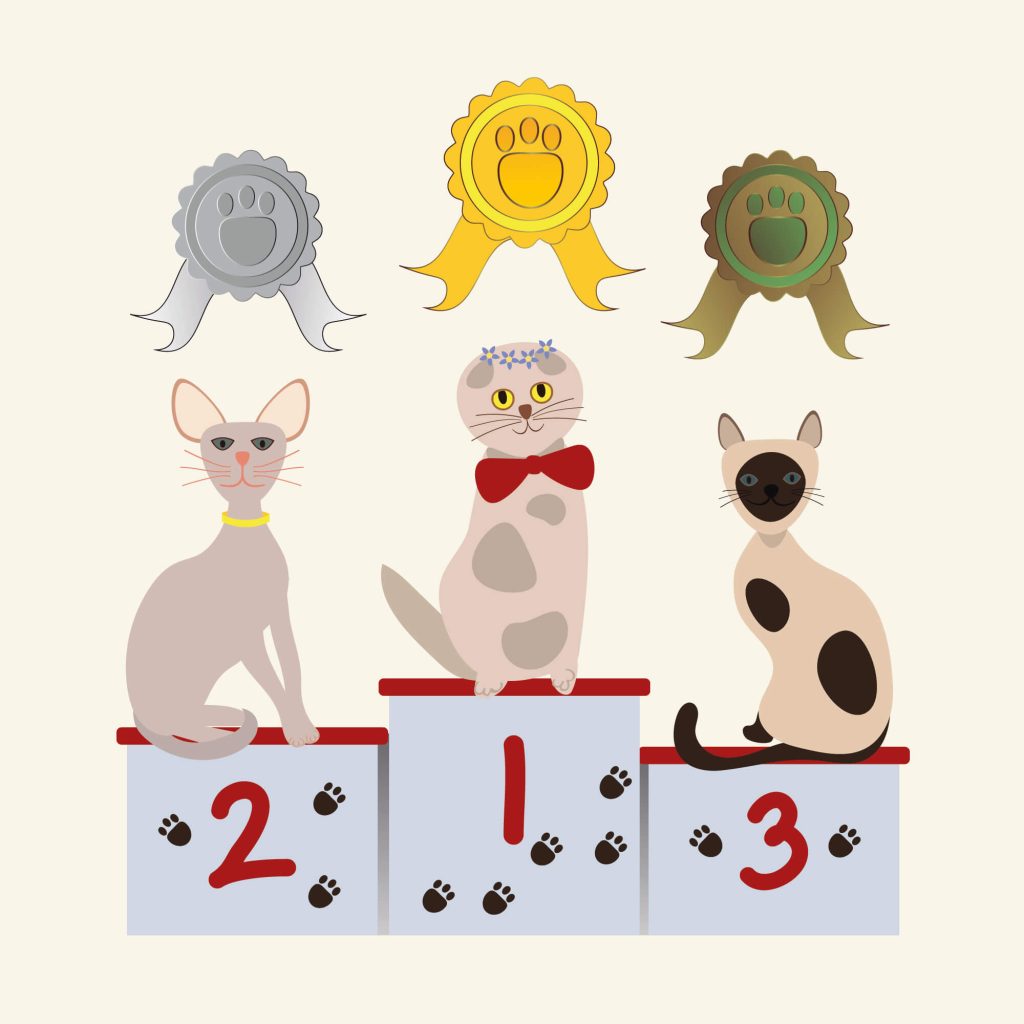
Tricolour cats are not a breed in their own right. In Canada and the US, calico cats were given their name because of their unique, calico-like fur pattern. The term “calico” was taken from the world of textiles and describes a traditional Indian cotton fabric that originated in the city of Calicut in southern India and was brought to England from the British colonies. After the fabric was exported to North America, the word “calico” was used to describe not just the textile, but also its particularly colourful, small-patterned design. “Calico cats” got their name because it looked like their white fur had been splashed with spots of colour, just like the popular fabric from abroad.
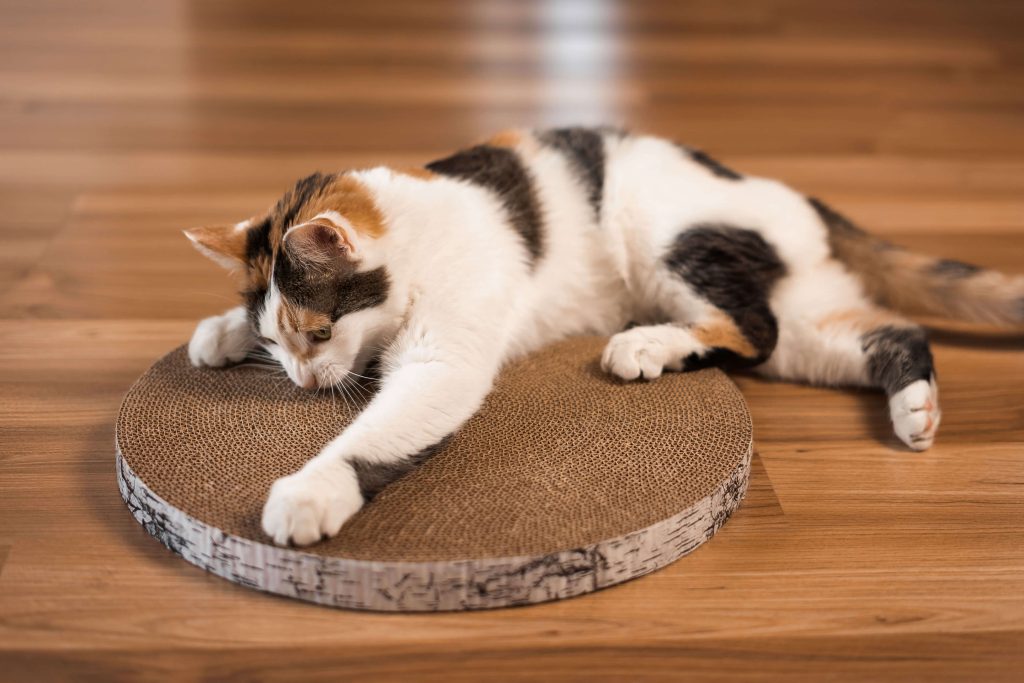
Which breeds of cat can have three colours?
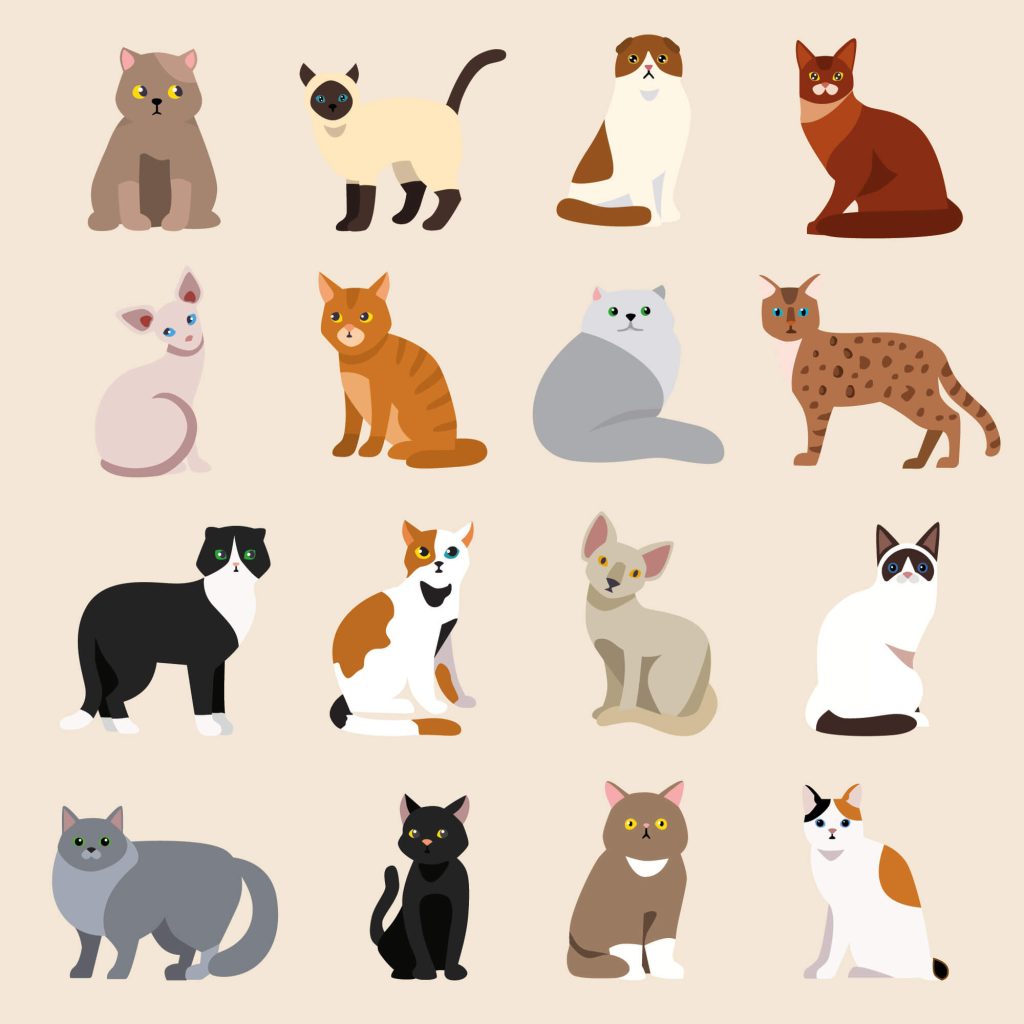
There are several breeds of cat that can have three colours. However, the particular tricolour mix is reserved solely for those breeds that have multiple coat colours while also being capable of passing them on to their offspring. For example, tricolour variations may be present in some shorthair and longhair breeds. The following breeds of cat often have tricolour offspring:
- American Shorthair American Shorthair | Cat’s Best (catsbest.eu)
- British Shorthair British Shorthair | Cat’s Best (catsbest.eu).
- British Longhair
- European Shorthair European Shorthair | Cat’s Best (catsbest.eu)
- German Longhair
- Japanese Bobtail
- Maine Coon Maine Coon | Cat’s Best (catsbest.eu)
- Manx
- Persian cat Persian cat | Cat’s Best (catsbest.eu)
- Siberian Forest Cat
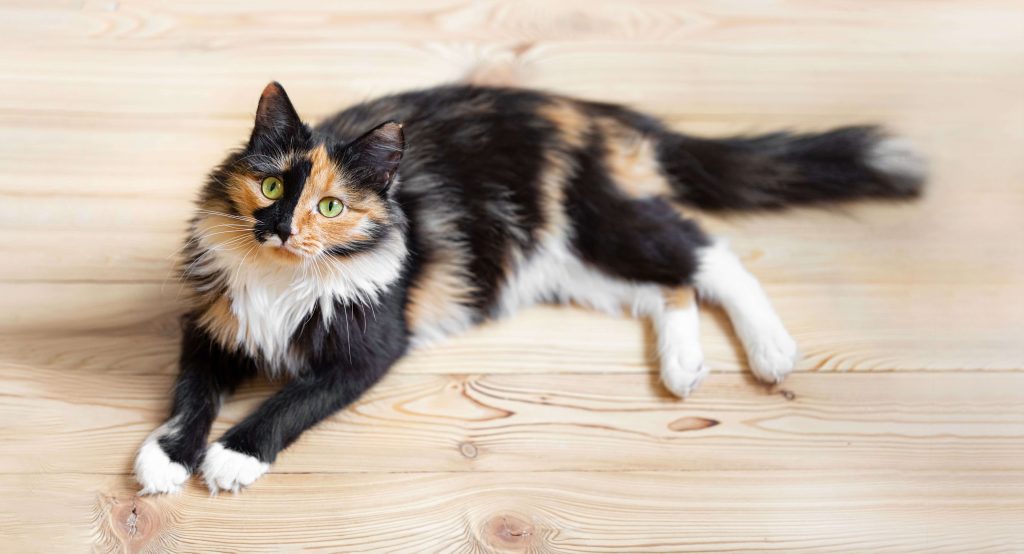
Are tricolour cats rare?

Tricolour cats are indeed rare! For a kitten with a tricolour coat to even see the light of day, it’s necessary for its parents to have the right genetic mix. This means that the specific genes required to produce the black and red colours must be activated in the right spot. Only then will the kitten have a tricoloured coat. And this doesn’t happen very often! In addition, the whole process can’t be planned or forced. Mother Nature alone is responsible for producing these wonderful creatures. In other words, cats with three different colours are always a “product of chance”.
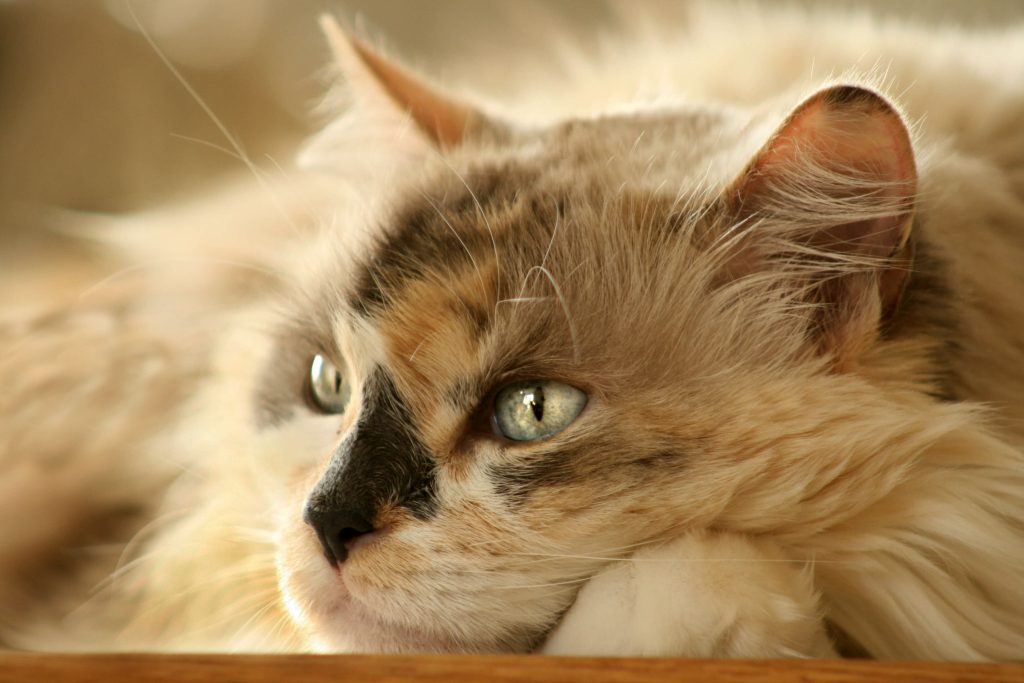
Are tricolour cats really good-luck charms?
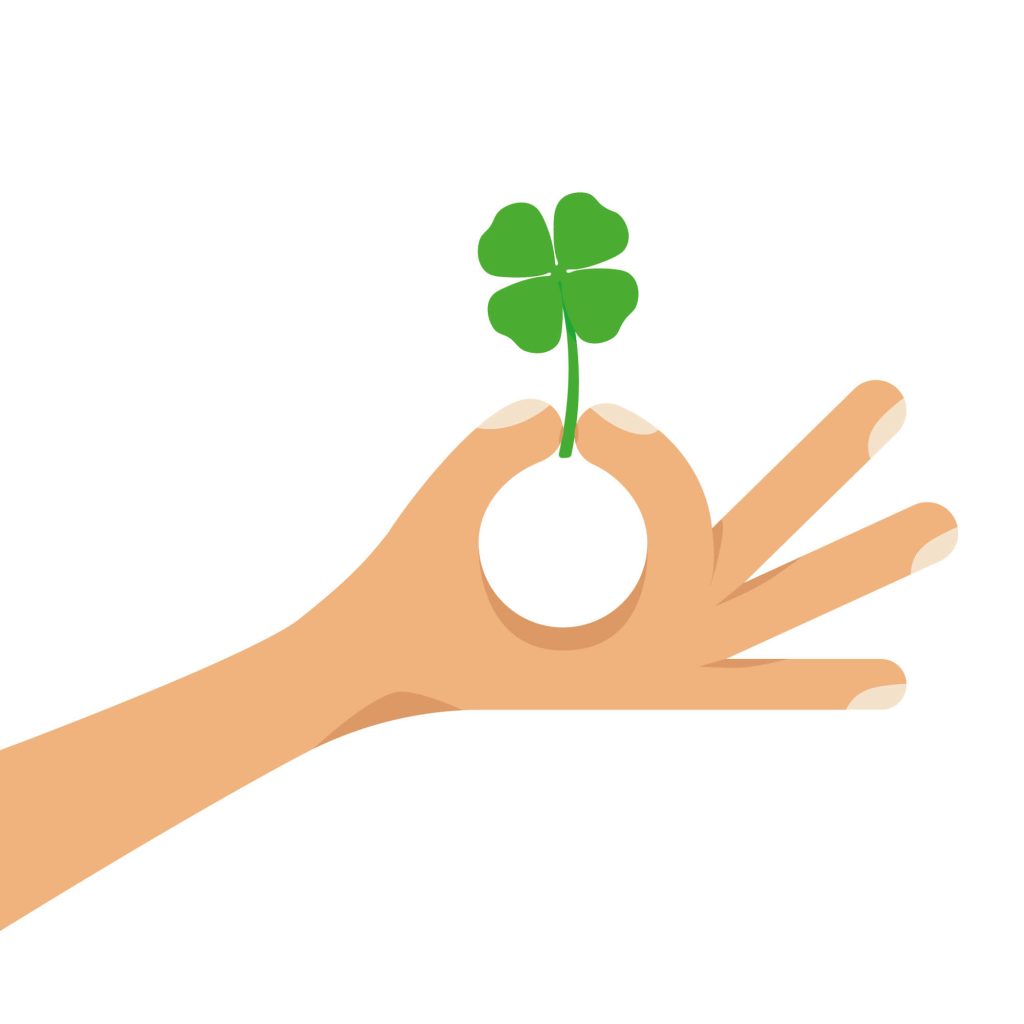
Of course tricolour cats are good-luck charms! Well, at least if you’re a bona fide cat lover they are! In fact, all cats inevitably enrich the lives of their owners with a large dose of joy and good fortune. On the other hand, if you prefer to look at things from a sober, scientific perspective, you’ll have to accept that tricolour cats have just as much impact on our fates as four-leaf clovers and falling stars. In short, we humans often attribute special powers to things we consider to be rare. Still, if you believe it hard enough, you just might make it true!
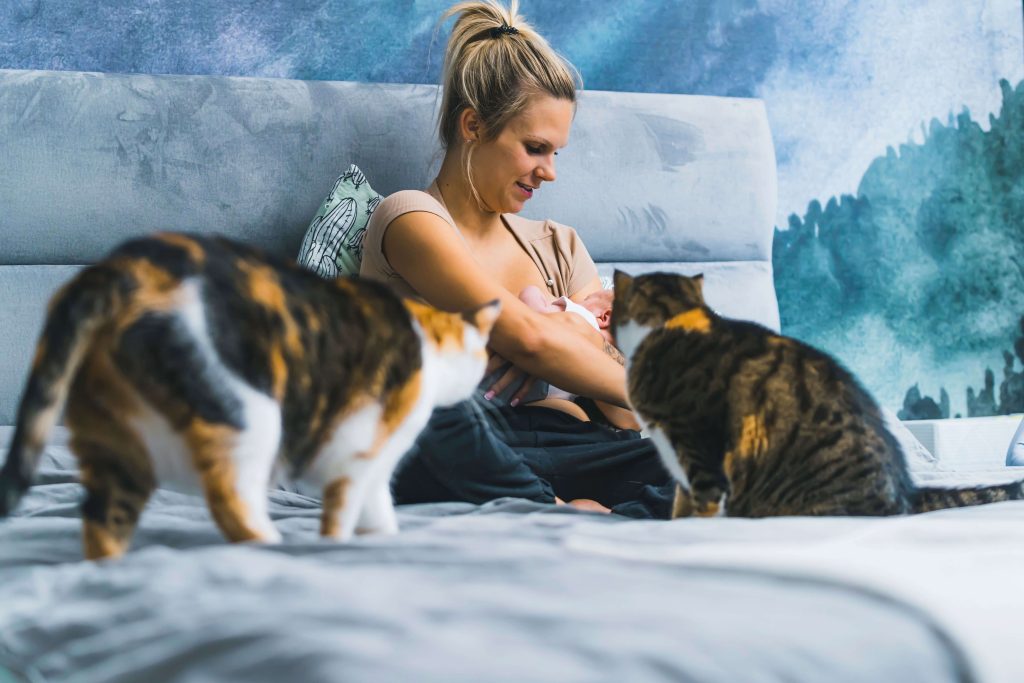
Owning a tricolour cat
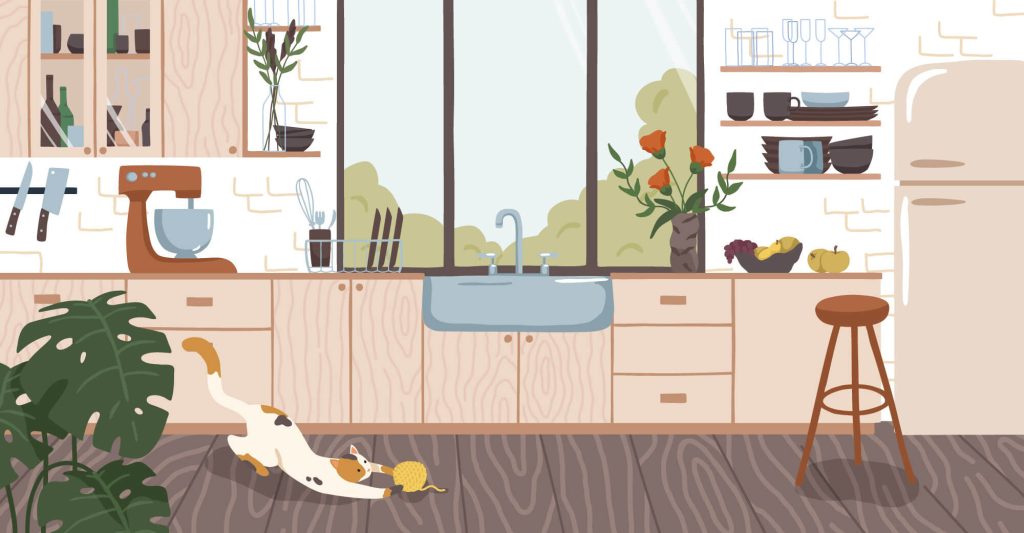
Are you interested in owning a tricolour cat? If so, you should first find out what their specific, natural needs are and whether you’ll be able to meet them. What does your future cat need to feel completely comfortable living with you? And, seeing as several different cat breeds can be tricolour, it’s best to find out in advance whether there’s a specific breed that’s suitable for you in terms of character. Does the breed have any special requirements when it comes to grooming and care? Our tips and advice can help prepare you for cohabitation with one or more tricolour cat in the future!
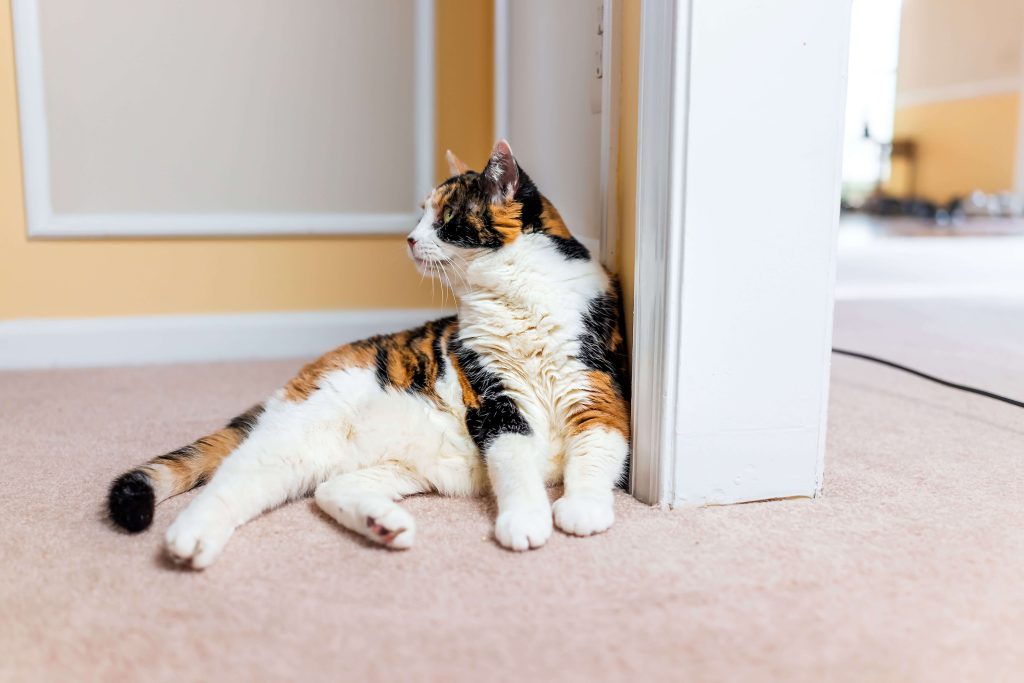
Buying a tricolour cat
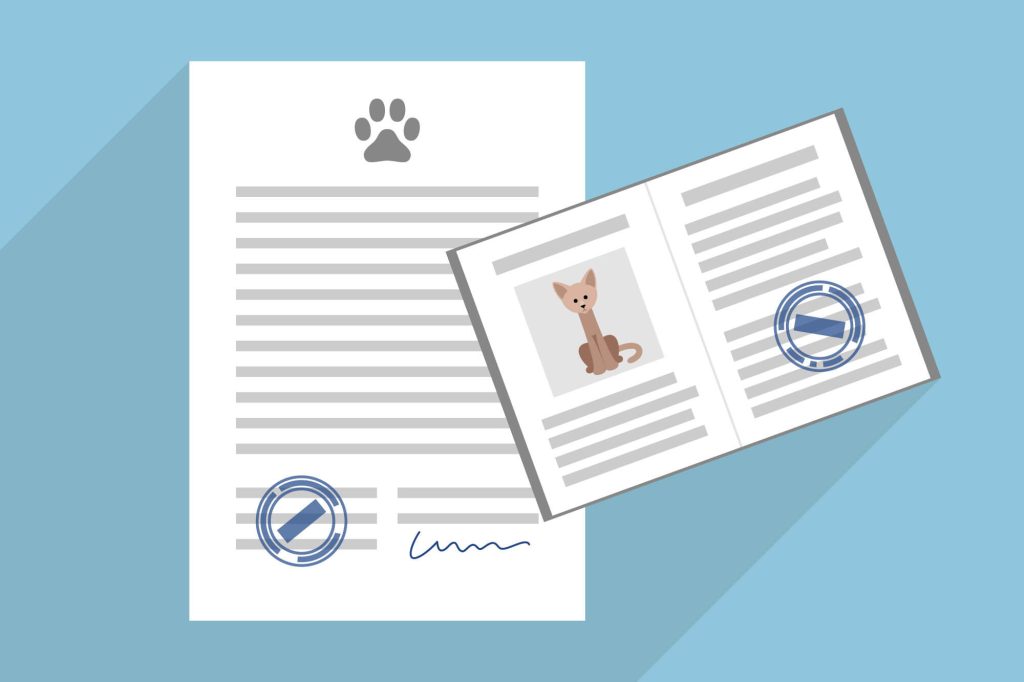
If you’re looking to buy a tricolour cat, you’re probably going to have to be patient. As these “good-luck cats” aren’t a breed in their own right, there are no breeders dedicated exclusively to breeding them. This means that it may take a little longer to find a tricolour cat. You could consider contacting your local animal shelter to see if they have any tricolour cats there. Or, even better, visit the shelter and get an up-close and personal look at the animals live and on site. You might be able to find the exact calico or tortie-and-white you’re looking for and get to know it better.
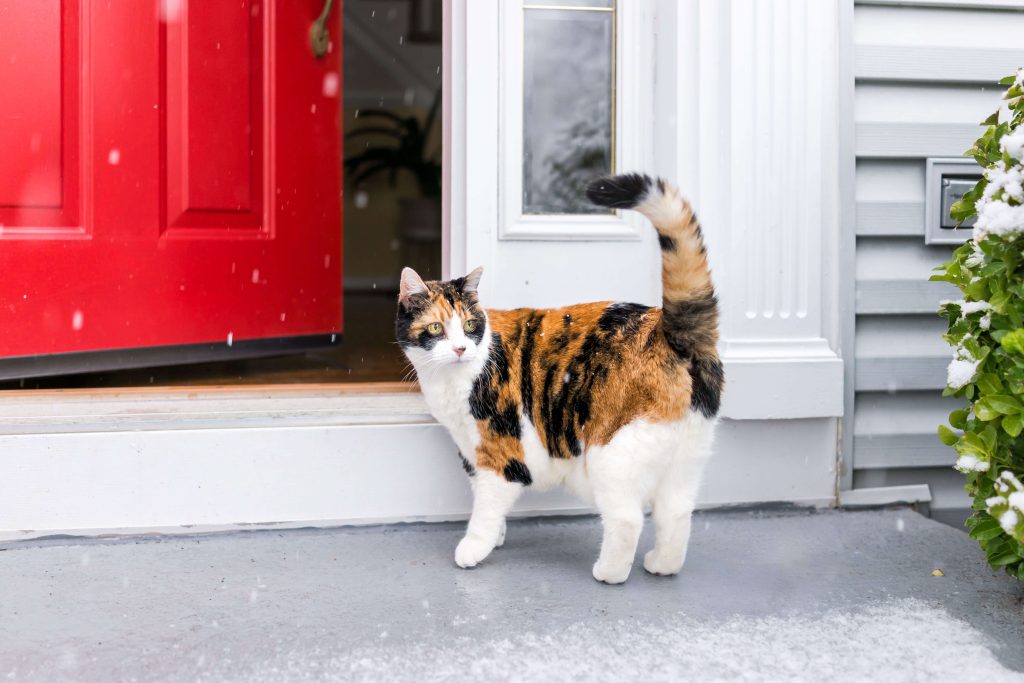
Is it possible to breed a tricolour cat?
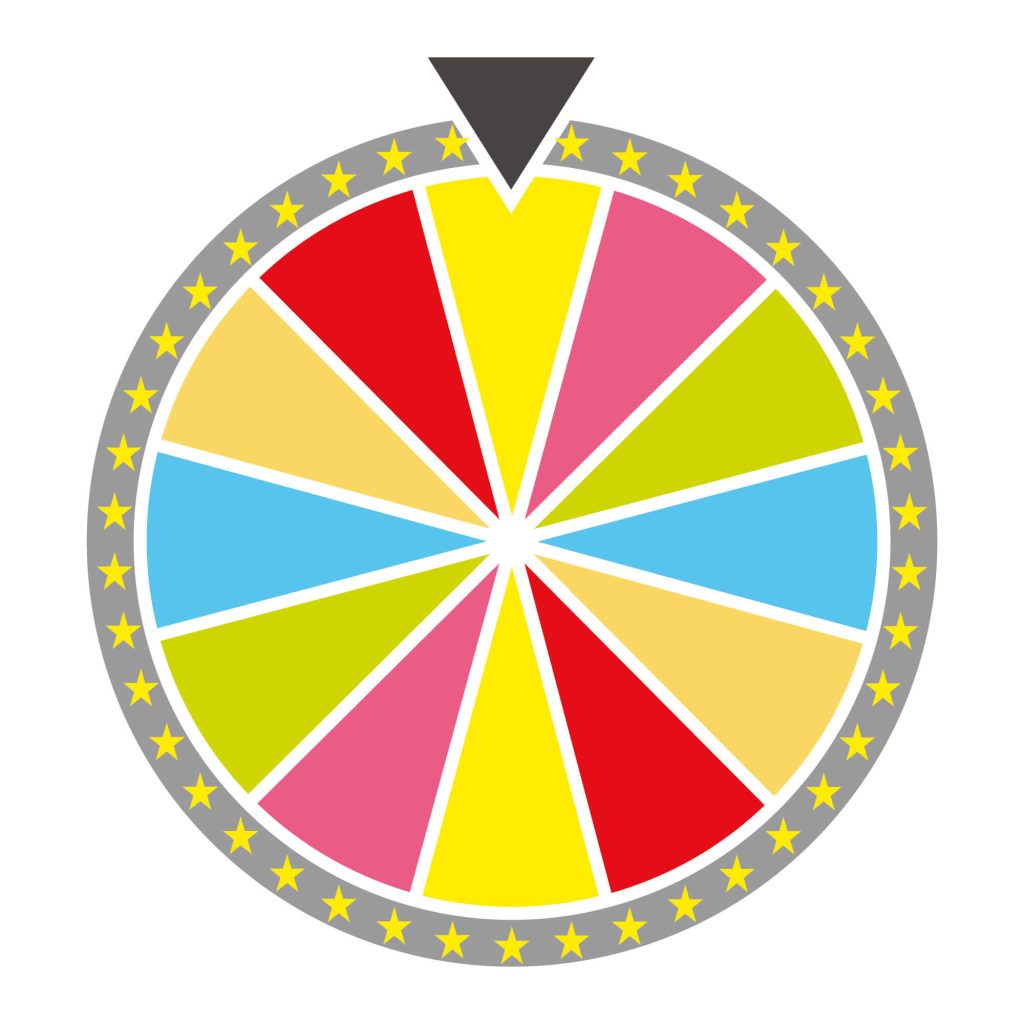
It’s not possible to breed tricolour cats. A cat with a tricolour coat will only be born if the gene pool is a match and all other necessary factors come together – and there are quite a few of these factors that need to come into play! A cat’s genetic information is stored in 19 chromosomes, and when the egg and sperm fuse during mating, new pairs of chromosomes are formed. These new chromosomes contain all the inherited traits and characteristics that will be passed on to the next generation of cats, including body structure, teeth and fur colour(s).
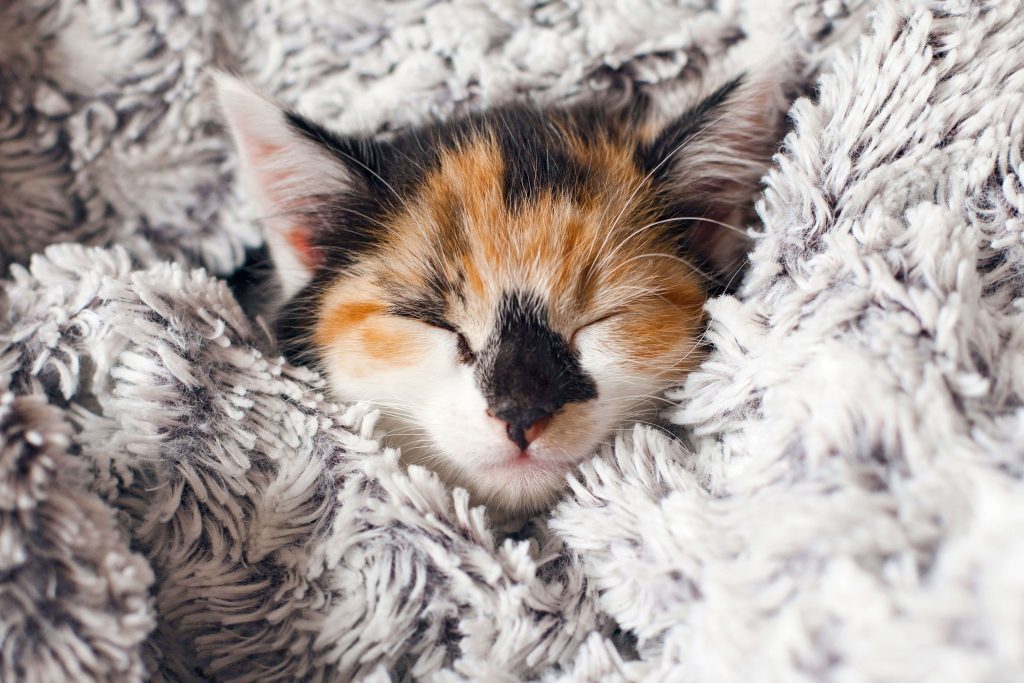
How much do tricolour cats cost?
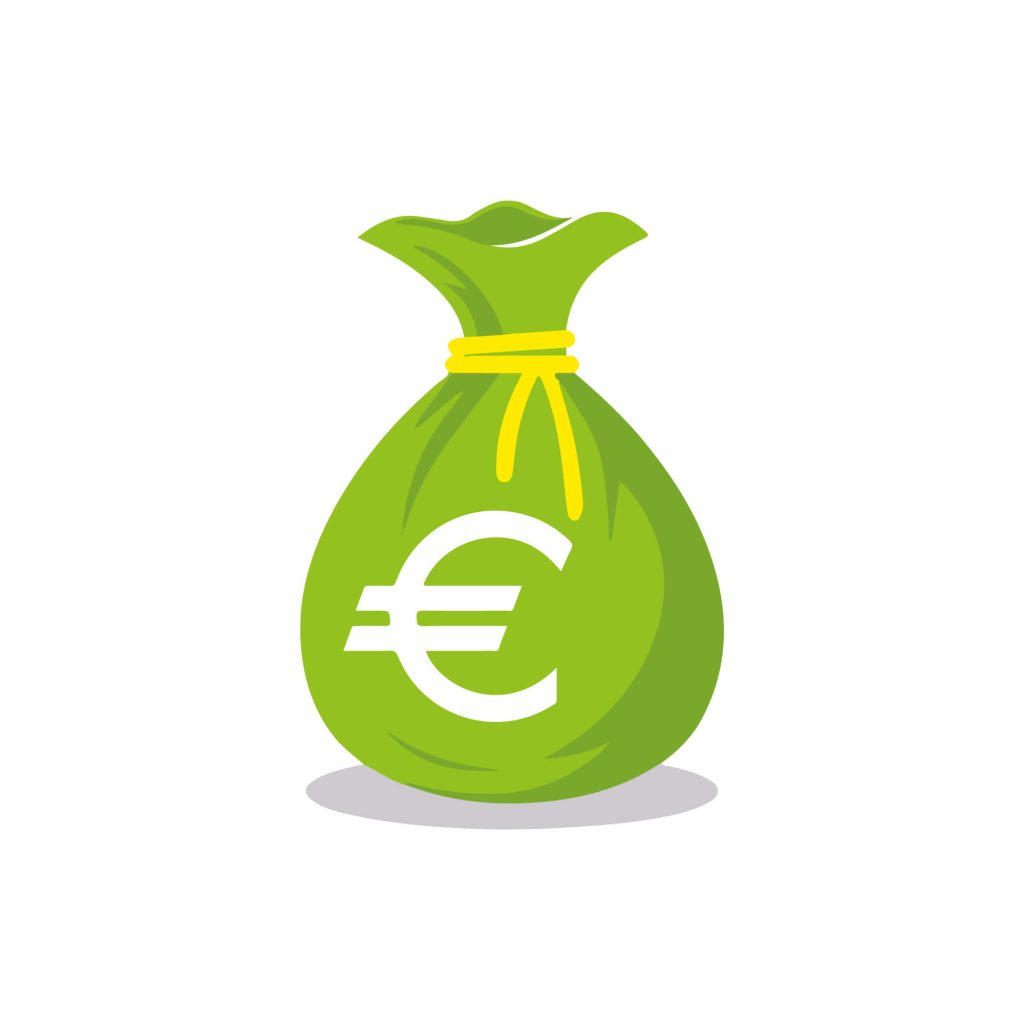
The cost of a tricolour cat depends on its pedigree and origin. In private advertisements, the prices therefore vary greatly, ranging from about €100 to €800. If the tricolour cat comes from the litter of a breeder who breeds pedigree cats, the price for these feline friends will likely be much higher. It all depends on the breeder, the cat’s lineage and overall expenses. Shelters receive a fee to cover some of their costs. Taking care of animals costs the shelter a lot of money.
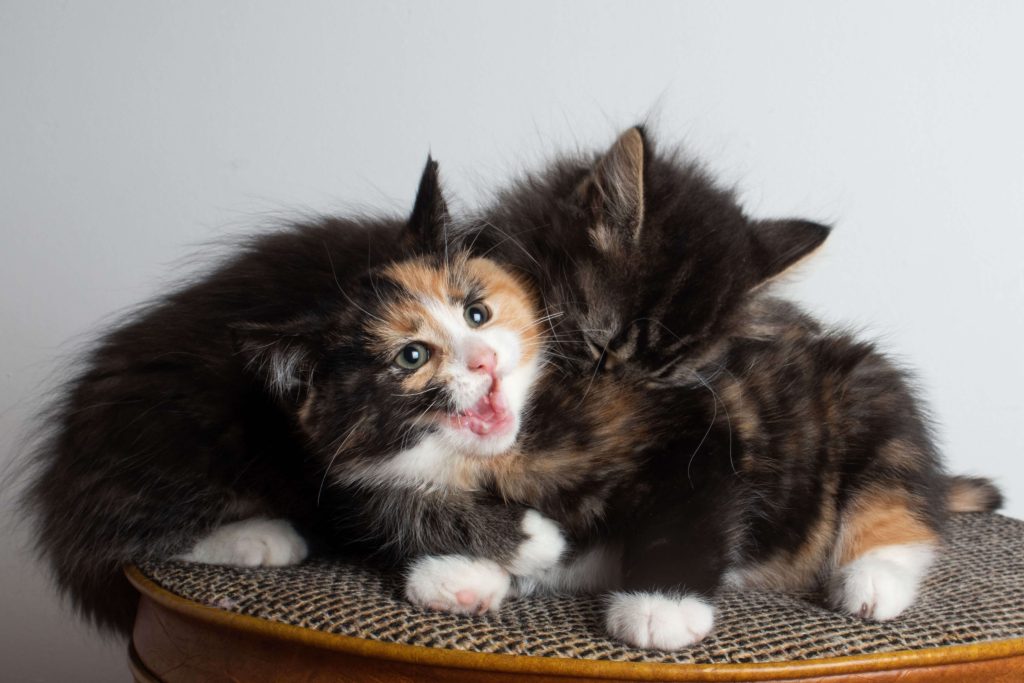
Character of tricolour cats
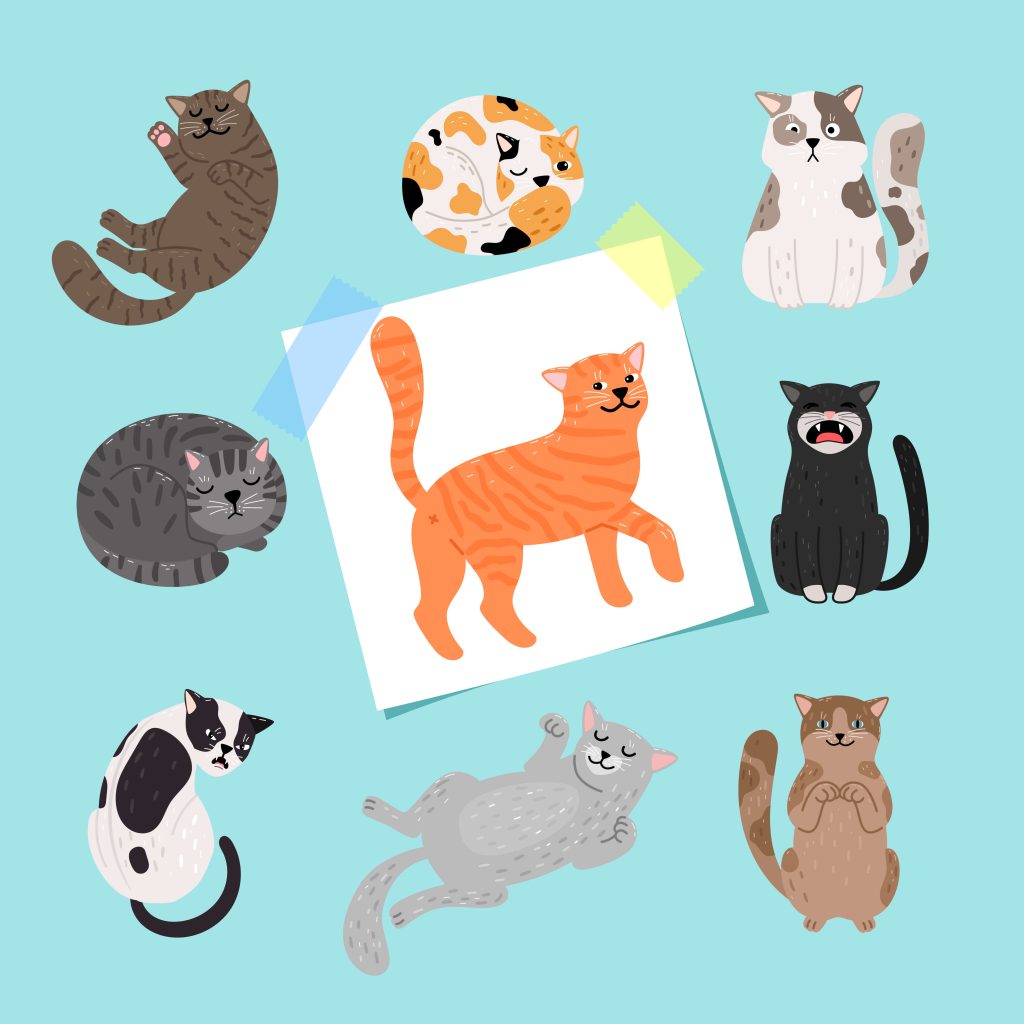
What is the typical character of tricolour cats? Every cat has a distinct personality with unique biological predispositions. Why is this so? When did the female cat mate and how many fathers were involved? As you might already know, if a female cat mates with several male cats during the gestation period in the first three weeks, it’s totally possible that further inseminations will take place! As a result, the kittens produced by a female cat often look different, including different fur and eye colours and different levels of development. In fact, as soon as the kittens are born, you’ll notice they already have very different characters: some will be very bold and brave from the beginning, while others will be cautious and prefer to wait and watch what the others do.
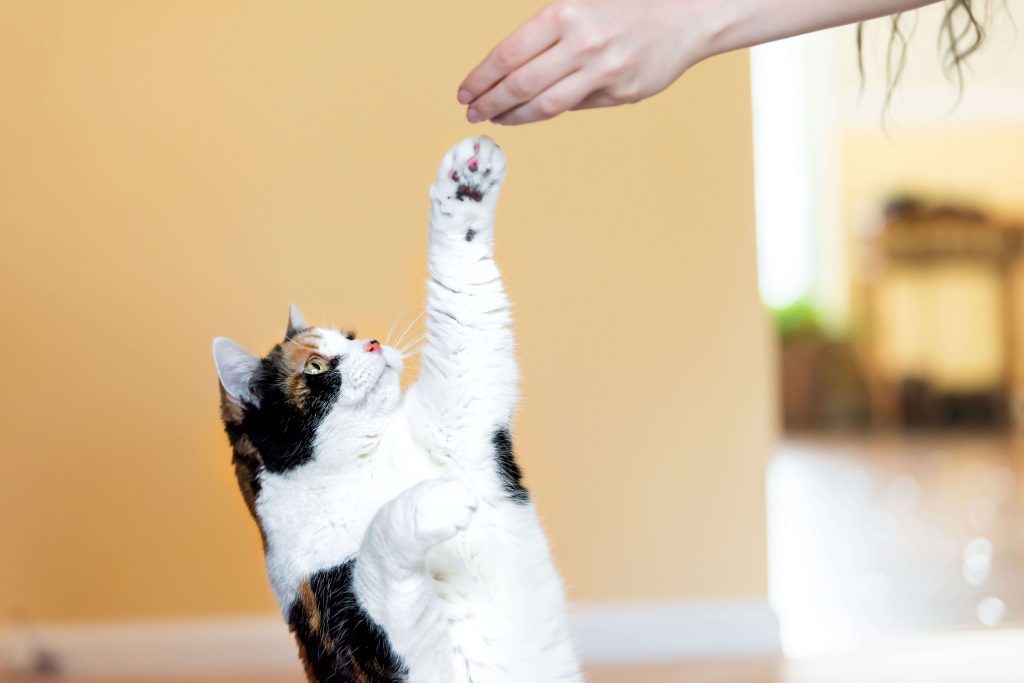
Are tricolour cats aggressive?
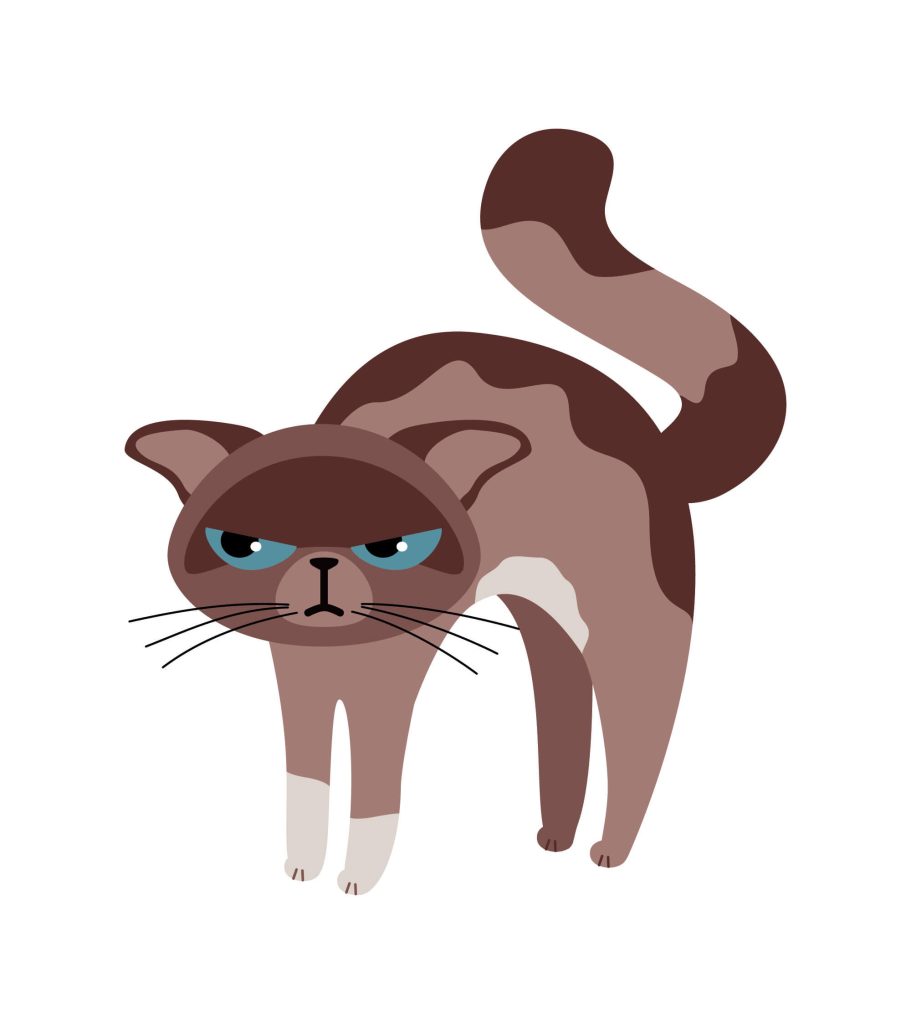
A recent survey conducted at UC Davis in California claims to have discovered that calico and tortoiseshell cats tend to be the most aggressive compared to those with a single colour. However, we should take the results of the study with a grain of salt. Indeed, the findings are not tenable from a scientific standpoint, as a cat’s coat colours have no influence on its character. It’s not like we’re living in the Middle Ages when people still believed that black cats brought bad luck, right? Fortunately, there are also some countries where the opposite is true; in Scotland, for example, people believe that a black cat at your door is a harbinger of fortune and prosperity. In other words, it’s always best to see for yourself!
How old do tricolour cats get?
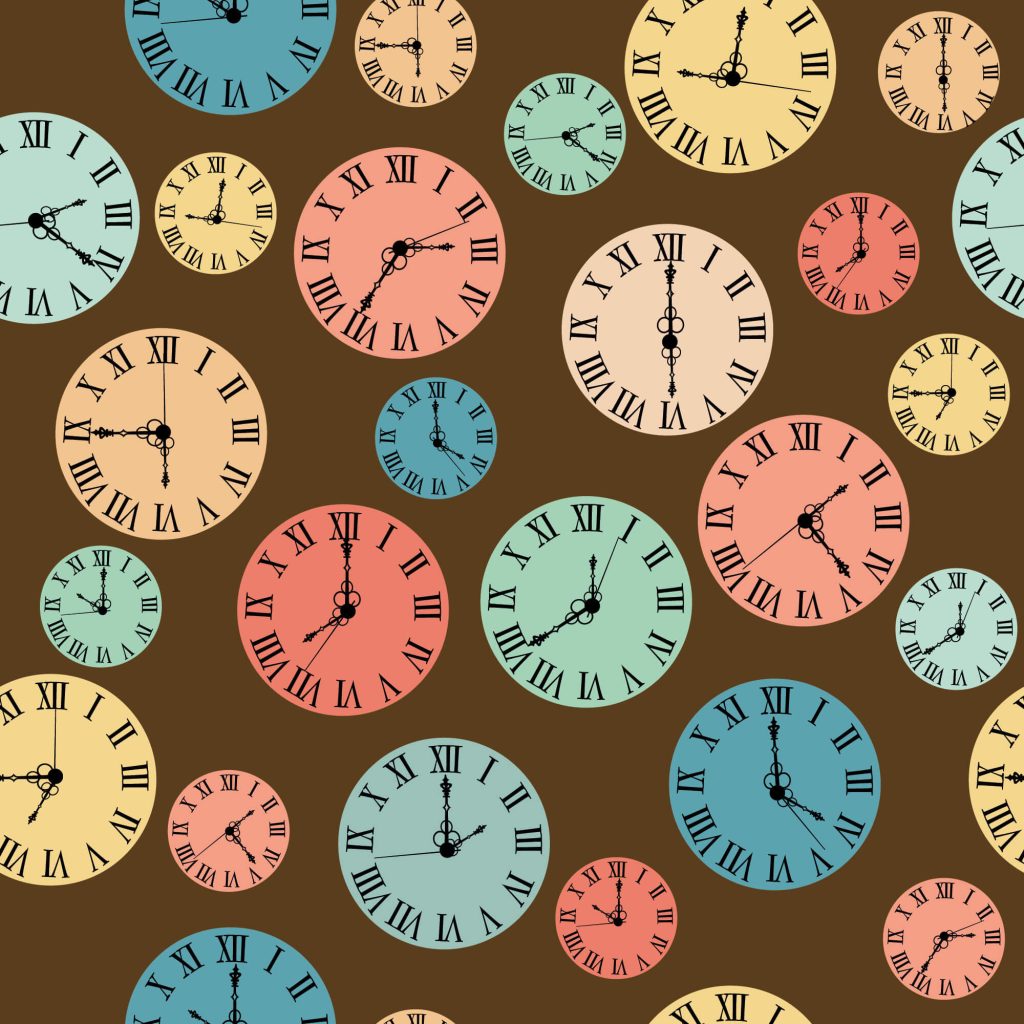
As far as the life expectancy of tricolour cats is concerned, they’re no different from other cats. On average, calico and tortie-and-white cats also live to be about 15 years old. However, it’s impossible to make a general statement about how long a cat will live, because it depends on many different factors. For example, there’s a famous cat in Texas who outlived them all: this cat lived with its owner, Jake, for more than twice the average number of years a cat usually lives. It was considered the oldest cat in the world, reaching a biblical age of 38 years and 3 days, and even making it into the Guinness Book of World Records.
Tricolour kittens
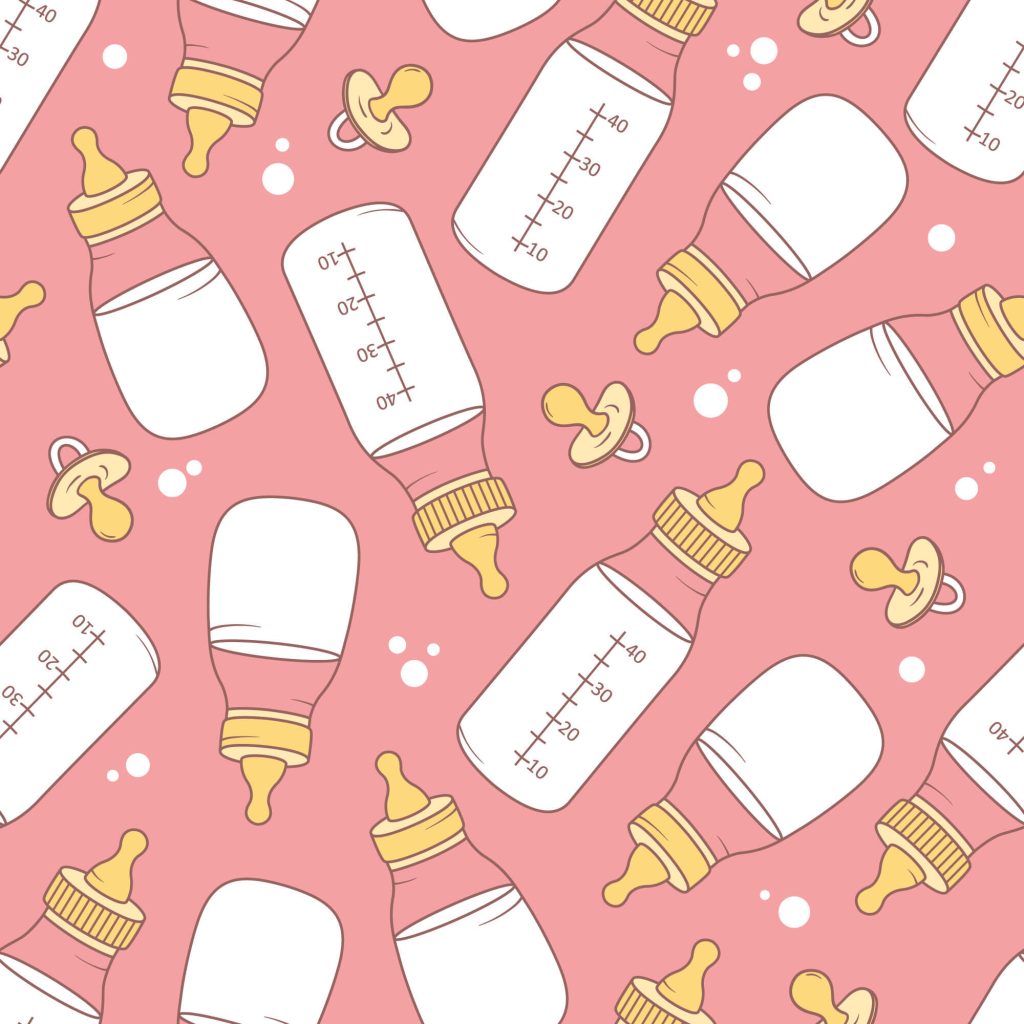
Is it true that tricolour cats are always female? If there’s a tricolour cat in a litter, can you be one hundred percent sure it’s a female? Is this really true or just another myth that’s never been scientifically proven? We’ve already debunked a few myths here, but this one is an actual fact: when they’re born, tricolour kittens are 99% female.
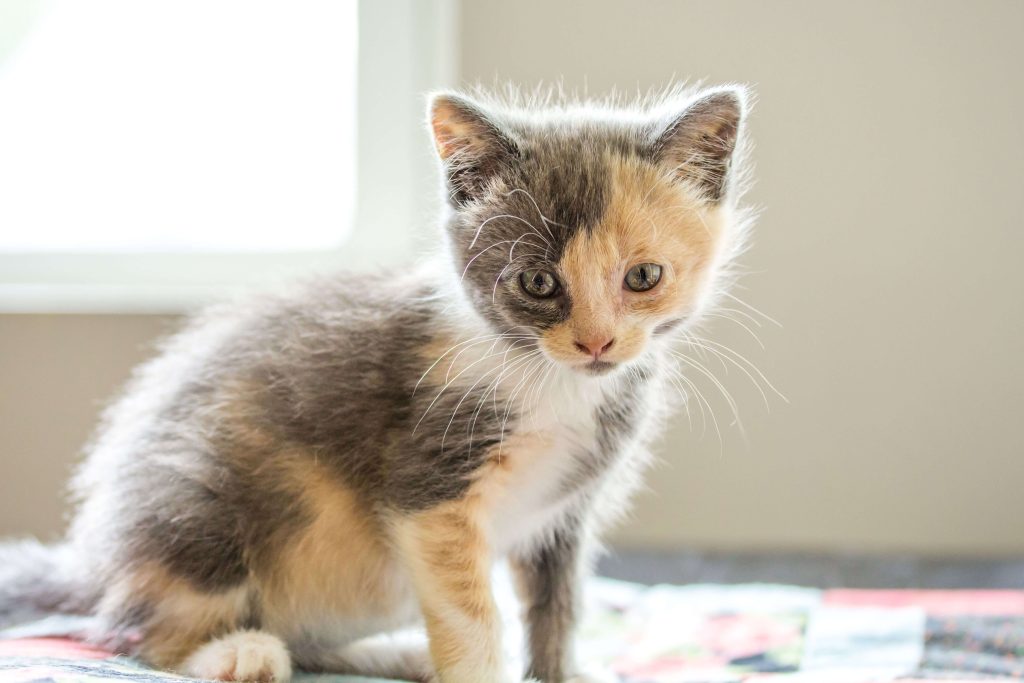
The special thing about tricolour kittens
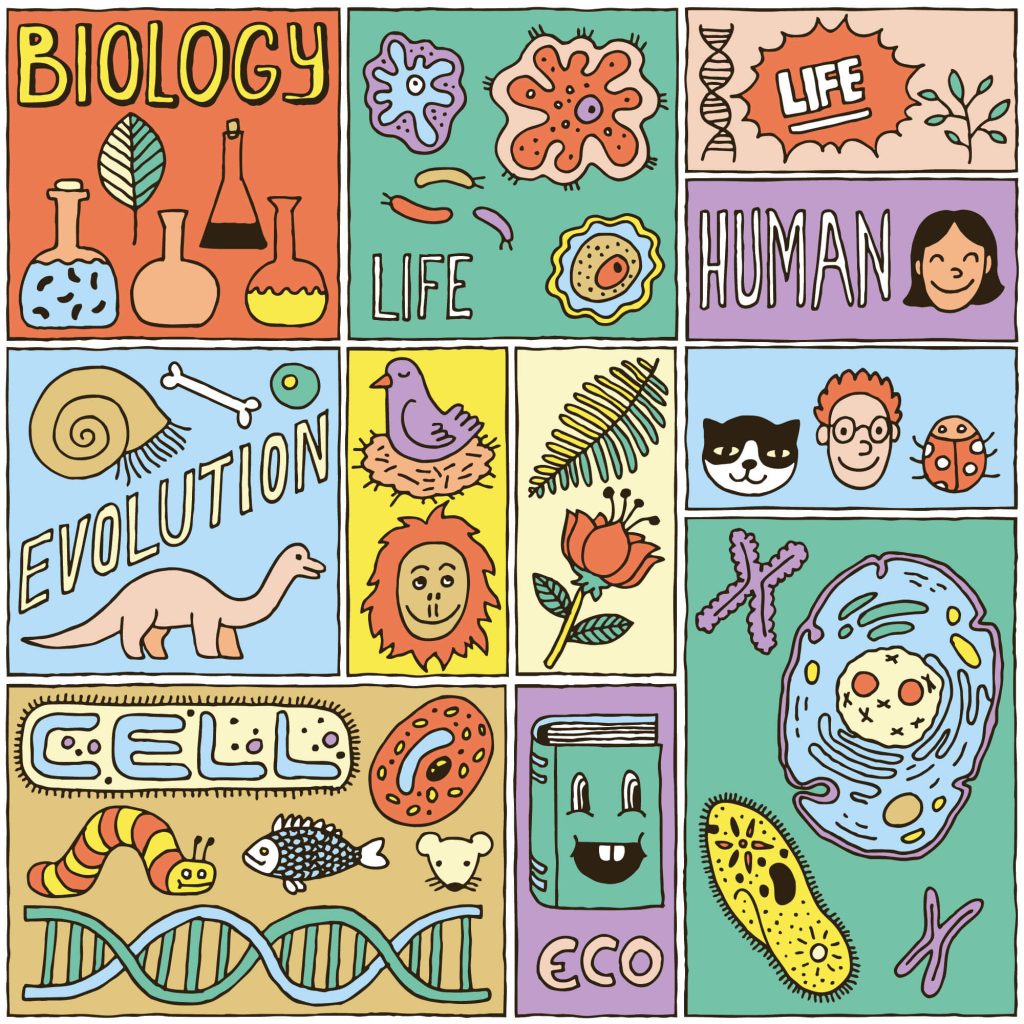
The special thing about tricolour kittens is that they’re almost always female. But why is that? Their genetic material is organised according to the individual chromosomes that also determine the colour of the kitten’s coat: Y-chromosomes have no colour associated with them, whereas X-chromosomes display one colour each. Female cats have two X chromosomes, whereas male cats usually have one X and one Y chromosome. The only way for a kitten to be tri-coloured is if both X-chromosomes each contribute a different colour. Plus, the only way the kitten will have white fur in addition to the basic red and black colours is if the so-called “white spotting” gene is present and gets mixed in!
Did you know:
Strictly speaking, white is not a colour of fur.
If your cat has patches of snow-white fur, it just means the individual hairs have not been coloured in:
This colourless fur is like an eraser:
The white always prevails, all other colours are removed.
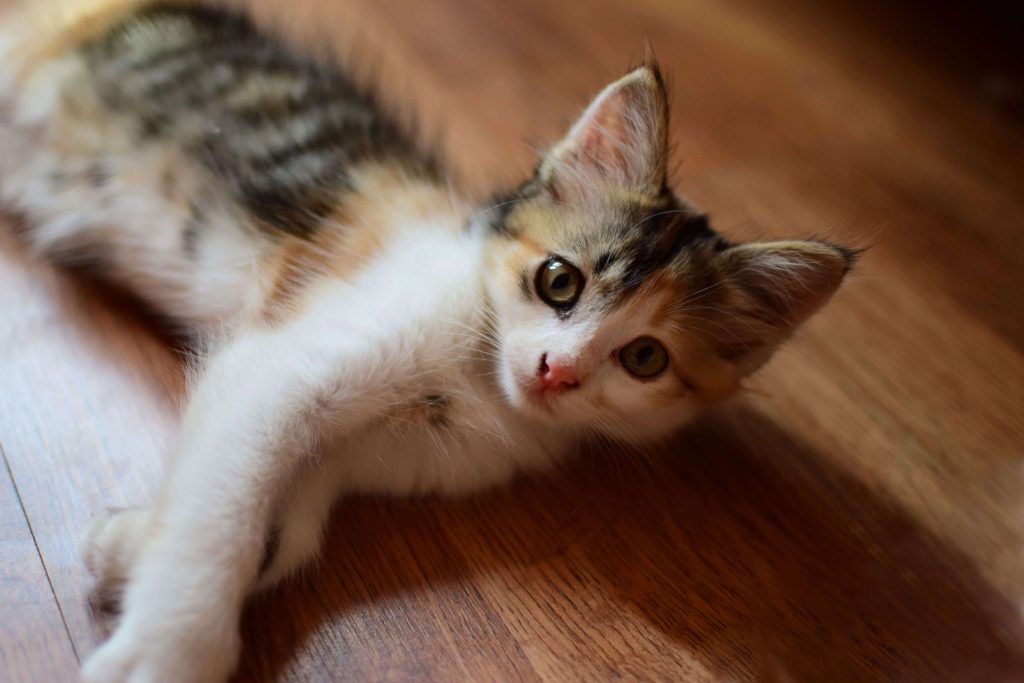
Is there such a thing as a tricolour male cat?
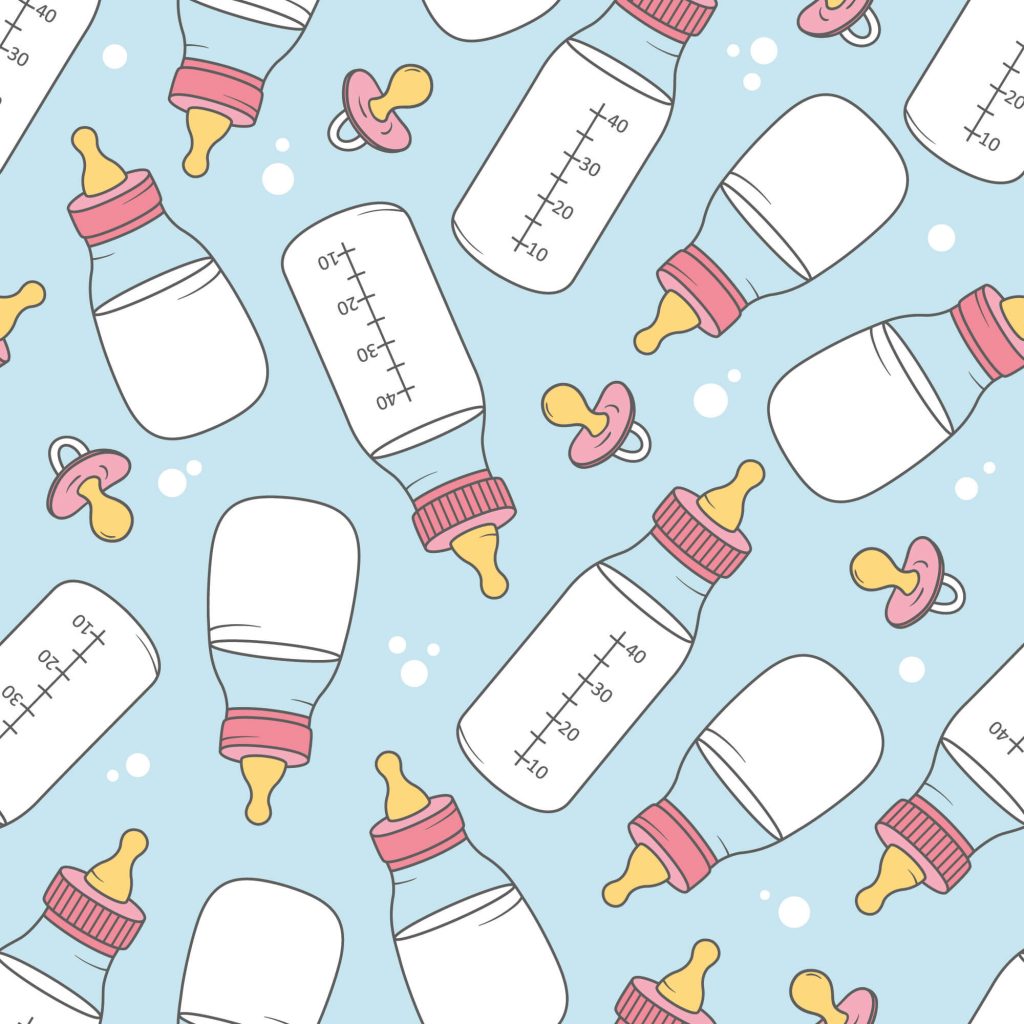
There are indeed such things are tricolour male cats. But they are the exception to the rule and incredibly rare. If a male cat has two X chromosomes (as female cats do) instead of one X and one Y chromosome, it’s possible he will also end up with a tricolour coat. In that case, he would have a total of three chromosomes: two X chromosomes and one Y chromosome. Unfortunately, something called “Klinefelter syndrome” ensures that tricolour male cats will not be able to pass on their genes. In other words, it’s impossible for these male cats to produce offspring.
Ideal names for tricolour cats
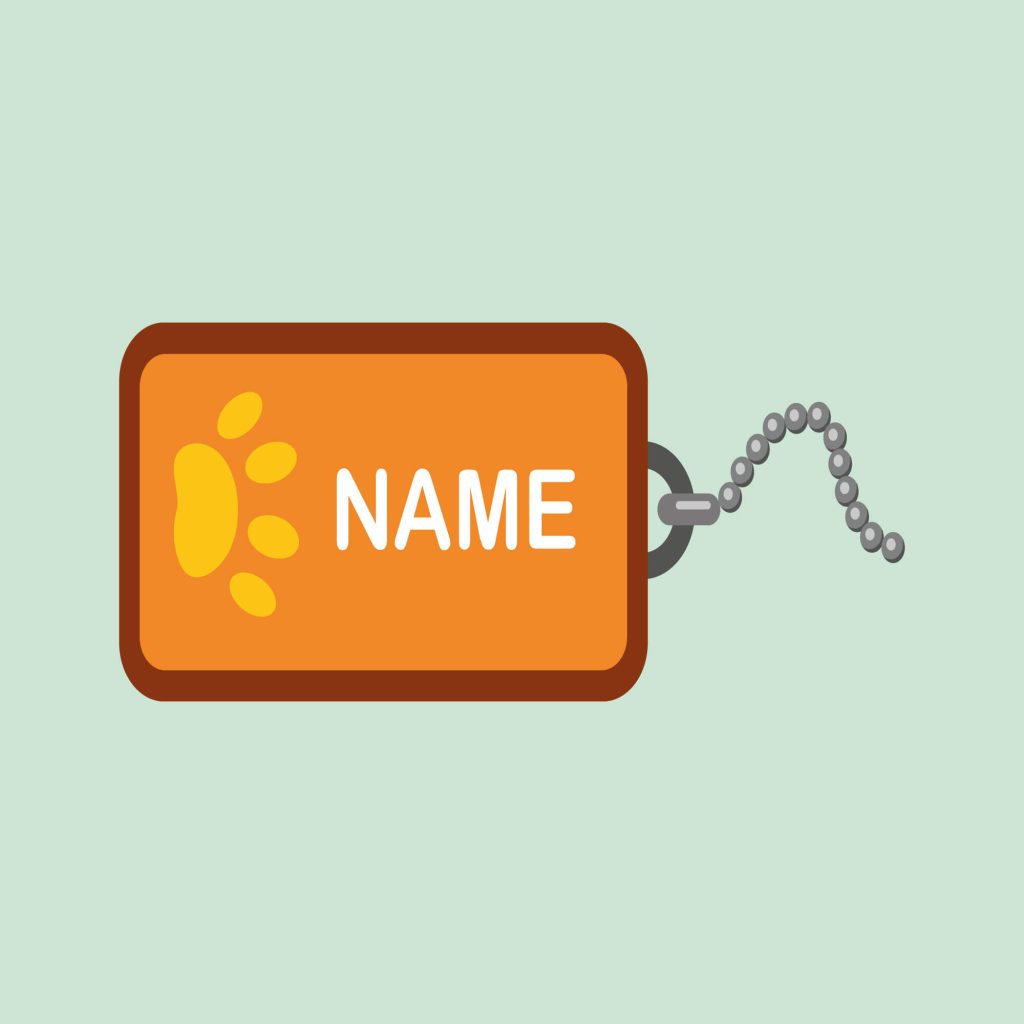
What’s an ideal name for a tricolour cat? Do you have a calico or tortie-and-white that doesn’t have the perfect cat name yet? With their tricolour coats, these cats are highly unique, so it would feel inappropriate to give them a “common name”, right? How about an unusual cat name*?
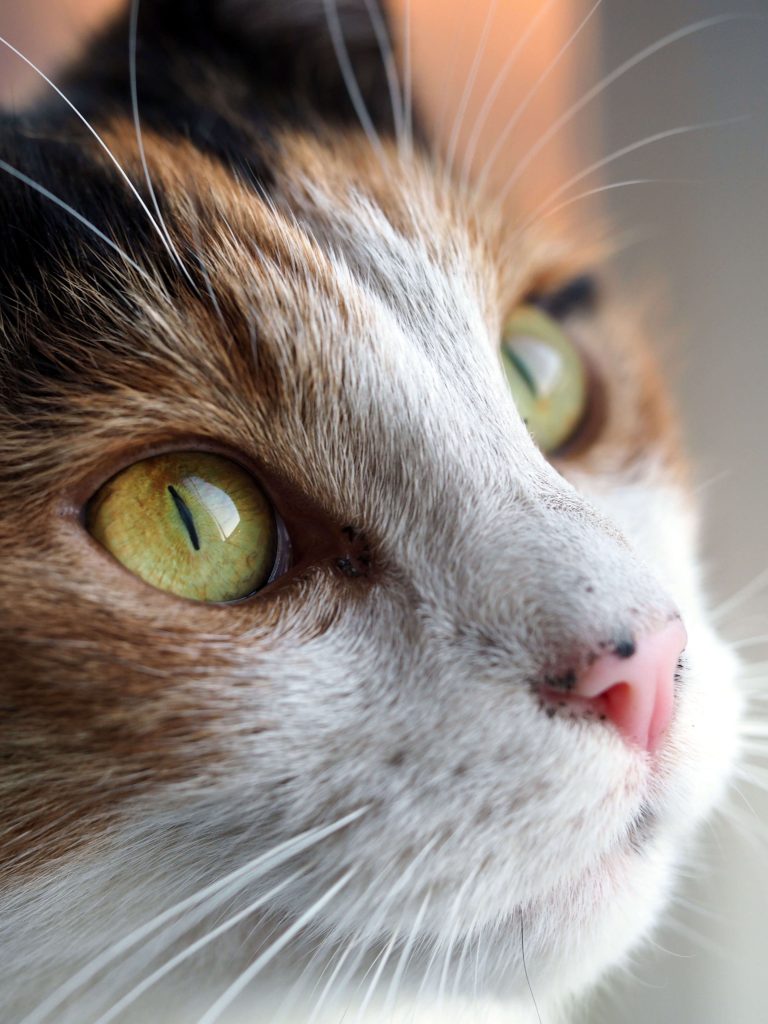
Some of the best names for your calico or tortie-and-white cat include Aliza, Baccarat, Choupette, Dolores, Grace, Calypso Malou, Ophelia, Piroschka and Zita. And if your tricolour cat is one of the very few males of its kind, you might want to consider names like Aladin, Berlioz, Cicero, Desperado, El Nino, Elmo, Gigolo, Humboldt, Odin or Yoshi!
*Source:
Cat Adventure (2020): “Fancy cat names update 20.10.2020”, online at. https://abenteuer-katze.de/ausgefallene-katzennamen//,
retrieved 15 Nov. 2020
Japanese “calling cats” as global good-luck charms
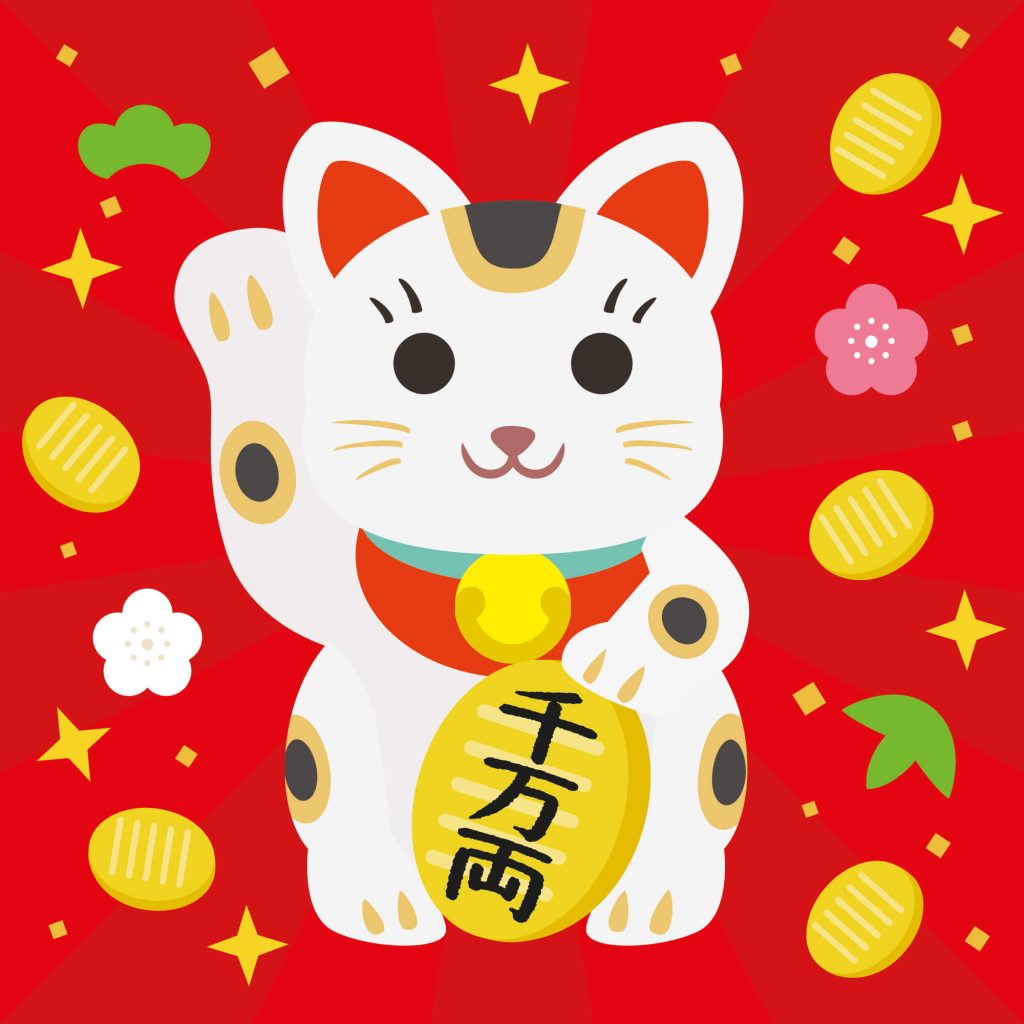
In the olden days, Japanese sailors wouldn’t even set sail without a so-called “Maneki Neko” on board. In English, these cats are often referred to as “calling cats” or “lucky cats”, and you might even see them today, waving merrily and beckoning you from the window of a store or restaurant. This waving gesture is designed to imitate the way a cat grooms itself, running its paw over its head. According to Japanese legend, these waving cats bring good luck. And there’s more: the higher this cheeky little battery- or solar-powered talisman raises its paw, the more prosperity it is expected to bring to the home of the person it belongs to!
Do tricolour cats make you happy?

Do tricolour cats make you happy? Happiness is a very personal thing for each individual human being, and everyone has a different idea of what exactly constitutes happiness. But if you’re aim is to achieve a higher level of joy, there’s no doubt that having a cat as a companion will bring you a lot closer to your goal! Indeed, when you cuddle with a cat, it’s great for the cat, but it’s even better for you! This kind of joy prompts your body to release a happiness hormone called oxytocin, a messenger substance produced in a part of your brain called the diencephalon that triggers pleasant feelings of happiness in your brain and entire body. It makes you feel safe and allows you to relax completely.
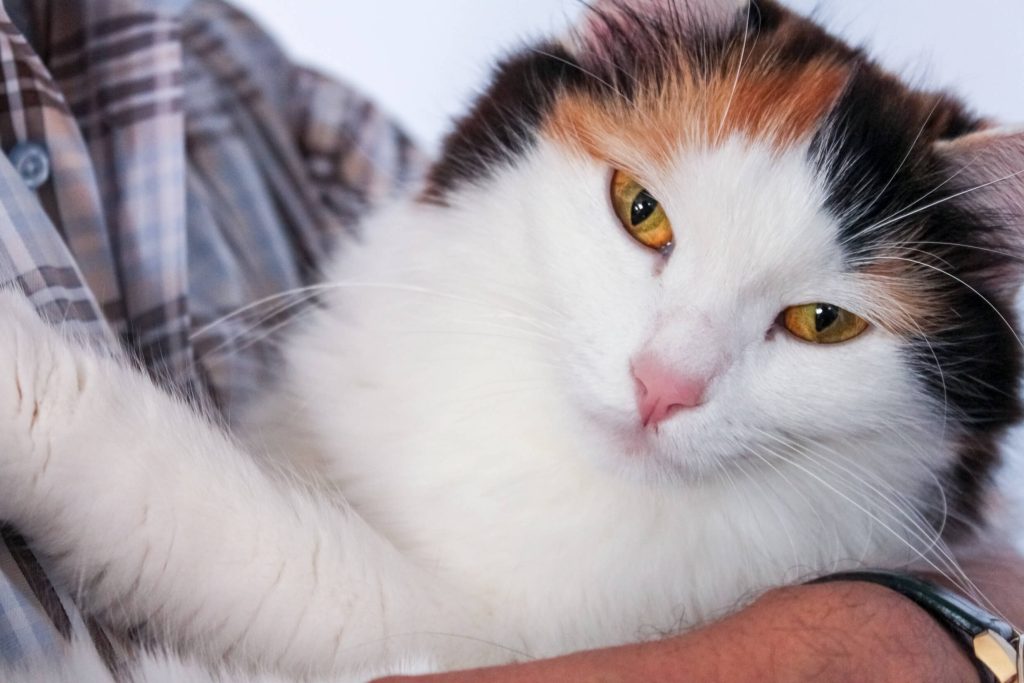
Frequently asked questions about tricolour cats
Tricolour cats are cats that have three different colours of fur, not just one or two. By and large, they have a white coat mixed with splashes of black and red or blue and cream.n Katzen bezeichnet, deren Fellfarbe nicht nur aus ein oder zwei Farben, sondern gleich aus drei verschiedenen Farbtönen besteht: Zur Fellfarbe Weiß kommen schwarze und rote oder blaue und cremefarbene Farbkleckse hinzu.
Is it true that if there’s a tricolour cat in a litter, you can be almost one hundred percent sure that it’s a female? That is correct! Calico and tortie-and-white kittens are 99% female.
If a male cat has two X chromosomes rather than one X and one Y chromosome, it’s possible that he’ll have a coat with three colours. Unfortunately, something called “Klinefelter syndrome” ensures that tricolour male cats will be infertile.
Females have two X chromosomes, whereas males usually have one X and one Y chromosome. A kitten can only be tricoloured if each of the X chromosomes contributes a different colour.
There are indeed such things as tricolour male cats. But they are incredibly rare. If a male cat has two X chromosomes (as a female cat does) instead of one X and one Y chromosome, it is possible that he might have a tricolour coat.ng haben.
Cats whose coat is 25-75% white with black and red patches of colour are called “calico” cats, especially in North America. The term “calico” comes from a colourful printed fabric that originated in Calicut, South India.
Is it true that tricolour cats are aggressive? A survey carried out by a university in California claims to have come to this conclusion. But it’s questionable whether the colour of a cat’s coat has any real influence on its character. Indeed, from a scientific standpoint, this conclusion is highly questionable.
Tricolour cats are indeed rare! For a kitten with a tricolour coat to even see the light of day, it’s necessary for its parents to have the right genetic mix. This means that the genes needed to produce the black and red colours must be activated in the right places.
Like all cats, every tricolour has its own independent personality and unique biological disposition. Tricolour kittens are already very different from one another: from the moment they’re born, some are very bold, whereas others are more reserved. zurückhaltend.
The average cost of a tricolour cat depends on their pedigree and origin. In private advertisements, the suggested price will therefore vary greatly, ranging from roughly €100 to €800.
Many people still believe that black cats are a harbinger of bad luck. Fortunately, there are some countries where the opposite is true. The Scots, for example, believe that a black cat at your door means prosperity is on its way.
